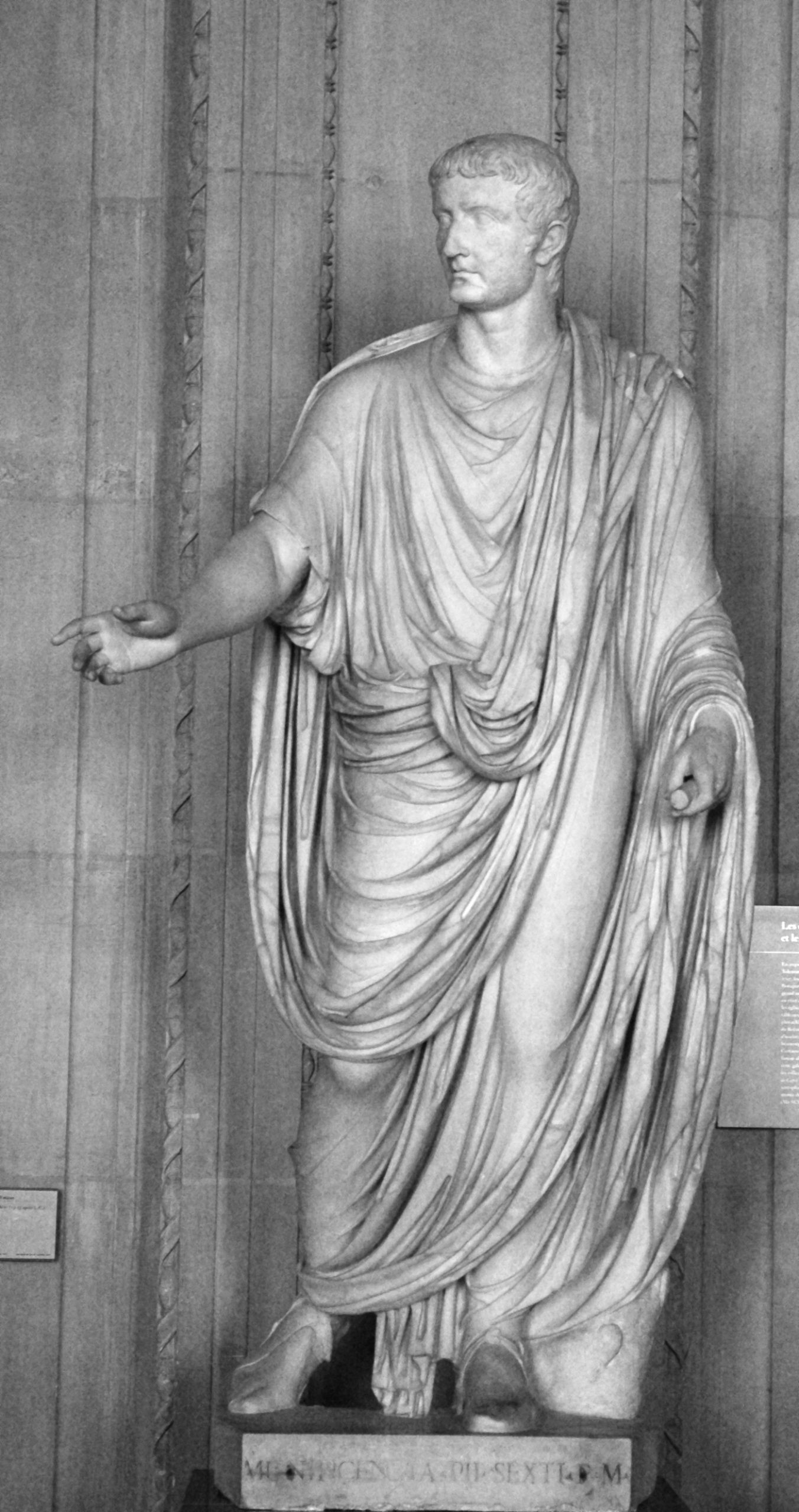
What Is the Meaning and Significance of a Toga in Ancient Rome

The toga, a long, loose garment worn by individuals in ancient Rome, is one of the most recognizable symbols of Roman citizenship and cultural identity. Traditionally made from wool, the toga was wrapped around the body and served not only as clothing but also as a representation of social status and political presence. Its use transcended mere fashion, encapsulating the values and hierarchy of Roman society while providing insight into the customs and traditions of the era.
Understanding the meaning and significance of the toga involves delving into its historical context, the variety of styles, and the social implications associated with this ancient garment. With its distinctive draping and formal appearance, the toga is intrinsically linked to notions of Roman identity and citizenship, making it an intriguing subject for exploration. This article seeks to uncover the complex layers of the toga's significance in ancient Rome, from its vibrant history to its enduring impact on modern culture.
- The Historical Context of the Toga
- The Different Types of Togas
- Symbolism of the Toga in Roman Society
- Toga and Social Status: Who Wore It?
- The Toga in Ceremonial and Public Life
- The Decline of the Toga's Popularity
- Modern Interpretations of the Toga
- Conclusion: The Lasting Legacy of the Toga in Roman Culture
The Historical Context of the Toga
The history of the toga can be traced back to the early days of Rome, where it served as a vital element of Roman identity and citizenship. Initially, the toga was a simple garment made of undyed wool, representing the rustic origins of the early Roman populace. As Rome evolved into a powerful empire, the toga underwent various transformations, both in style and in its cultural significance.
Through the Republic and into the Empire, the toga became an emblematic garment worn primarily by male citizens. The act of donning a toga was often accompanied by specific rituals and occasions, marking the transition from youth to adulthood and signifying one's full citizenship rights. The toga's use was so deeply entrenched in Roman culture that it was almost synonymous with the concept of being a Roman citizen.
The Different Types of Togas
Throughout its history, several distinct types of togas emerged, each serving a unique purpose and conveying different meanings within Roman society. Here are some of the most notable types:
- Toga Virilis: This plain toga, worn by adult male citizens, was generally made of undyed wool and symbolized manhood and citizenship.
- Toga Praetexta: Featuring a purple border, this toga was worn by magistrates and young boys of noble families. It denoted a higher social status.
- Toga Candida: A specially whitened toga worn by candidates running for political office, signifying their desire for public service.
- Toga Pulla: A dark toga worn during periods of mourning or grief, representing a solemn occasion.
- Toga Triumphal: Reserved for victorious generals, this toga was adorned with special embellishments to celebrate military triumphs.
Each of these togas not only differed in appearance but also conveyed important messages about the wearer’s social class, political ambitions, and personal status within the complex social fabric of ancient Rome.
Symbolism of the Toga in Roman Society
The toga was not just a piece of clothing; it was steeped in symbolism that reflected the values and beliefs of Roman society. To wear a toga was to embrace one's identity as a Roman citizen, establishing a direct correlation between the garment and the legal rights enjoyed by citizens. This connection was so strong that non-citizens were prohibited from wearing the toga, reinforcing its status as a symbol of citizenship and belonging.
The toga also played a significant role in public life and gatherings, reinforcing the idea of the citizen's participation in the political and civic duties of the community. As such, it became a physical manifestation of civic pride, responsibility, and the collective identity of the Roman people. In this way, the toga transcended its utilitarian purpose and became a powerful symbol of the Roman ethos.
The toga was an important marker of social status in ancient Rome. It was predominantly worn by free-born male citizens, and its display was dictated by a strict set of social conventions. Only citizens could don the toga, which instantly differentiated them from slaves and foreigners, who typically wore simpler garments.
Within citizen society, the type and style of toga worn communicated various factors about the individual, including age, social class, and political standing. For instance, while the toga virilis was reserved for men of age who had completed their rite of passage, the toga praetexta was a distinction afforded to the young boys of patrician families. Such use of the toga illustrated the careful delineation of social hierarchies within Roman culture, where dress and appearance played crucial roles.
The Toga in Ceremonial and Public Life
The toga was essential in various public and ceremonial occasions in ancient Rome, signifying the wearer's social standing and role in society. From important political gatherings to religious ceremonies, the toga was a necessary garment that emphasized the seriousness of the occasion. Civic duties, public speeches, and legal proceedings required the toga as an indication of respect and authority.
For example, on the day of a public election, wearers of the toga candida displayed their aspirations for office, while magistrates adorned in toga praetexta highlighted their governance roles. Even in religious rituals, where priests and public officials wore the toga, it signified their commitment to both civic and divine duties. The versatility of the toga in various contexts underscores its fundamental role in shaping public life in ancient Rome.
The Decline of the Toga's Popularity
Furthermore, the rise of the birrus—a more functional garment—began to replace the toga's everyday role. The shift in clothing preferences reflected broader social changes within Rome, marking a departure from the rigorous adherence to traditional attire as seen in earlier times. Ultimately, by late antiquity, the toga had regressed from an everyday garment to a ceremonial one, used occasionally during formal occasions, thus marking an end to an era in Roman wearing customs.
Modern Interpretations of the Toga
The toga continues to capture the imagination of people today, often serving as a thematic element in modern education, entertainment, and popular culture. As an enduring symbol of ancient Rome, the toga frequently appears in film, theater, and literature, establishing its presence in contemporary interpretations of historical narratives.
Universities often utilize the toga during graduation ceremonies, drawing parallels between the transition of students into their next phase of life and the toga's historical significance in Roman culture as a symbol of adulthood and citizenship. Additionally, cultural events such as toga parties, while often more playful and less formal, reflect a fascination with this ancient garment and what it represents. The enduring legacy of the toga in modern society demonstrates its role as a bridge between ancient practices and contemporary culture.
Conclusion: The Lasting Legacy of the Toga in Roman Culture
In conclusion, the toga is much more than mere attire; it encapsulates the social, political, and cultural intricacies of ancient Rome. Serving as a powerful symbol of citizenship and civic duty, the toga played an essential role in expressing social status and identity among Romans. Its various forms and meanings reveal deep insights into the values and beliefs that shaped Roman society.
While the toga may no longer be a common garment today, its legacy endures in the collective memory of cultural history. Its symbolism and design continue to inspire modern interpretations, reminding us of the rich tapestry of traditions that originated in ancient Rome. Ultimately, the toga stands as a testament to the enduring significance of clothing in our understanding of history and identity.
Did you find this article helpful? What Is the Meaning and Significance of a Toga in Ancient Rome See more here Education.
Leave a Reply






Related posts